
(a)
Interpretation:
The subshell model of Na, sodium element, needs to be drawn.
Concept introduction:
A subshell is defined as one or more orbitals in a shell with same energy level. They have different shapes and shape of an orbital is identified by magnetic quantum number.
Answer to Problem 6E
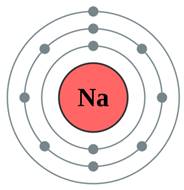
Explanation of Solution

The
(b)
Interpretation:
The subshell model of Ne, 10 element, needs to be drawn.
Concept introduction:
A subshell is defined as one or more orbitals in a shell with same energy level. They have different shapes and shape of an orbital is identified by magnetic quantum number.
Answer to Problem 6E
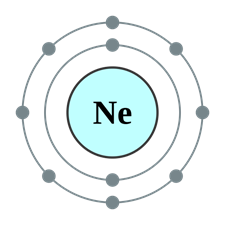
Explanation of Solution
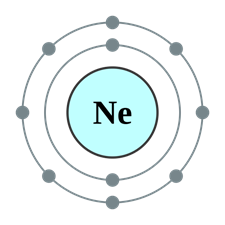
The atomic number of Neon is 10 and its electronic configuration is
(c)
Interpretation:
The subshell model of Carbon, C element, needs to be drawn.
Concept introduction:
A subshell is defined as one or more orbitals in a shell with same energy level. They have different shapes and shape of an orbital is identified by magnetic quantum number.
Answer to Problem 6E
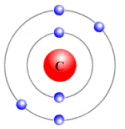
Explanation of Solution
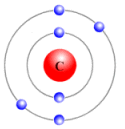
The atomic number of Carbon is 6 and its electronic configuration is
(d)
Interpretation:
The subshell model of Vanadium, V element, needs to be drawn.
Concept introduction:
A subshell is defined as one or more orbitals in a shell with same energy level. They have different shapes and shape of an orbital is identified by magnetic quantum number.
Answer to Problem 6E
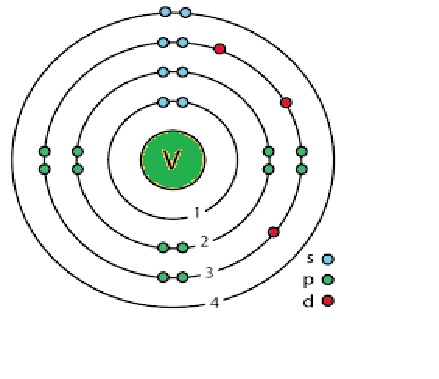
Explanation of Solution
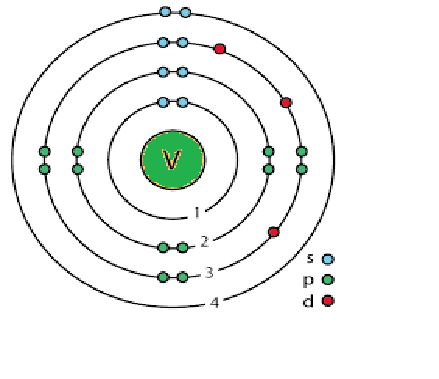
The atomic number of Vanadium is 23 and its electronic configuration is
. Above diagram shows the arrangement of electrons in the different subshells.
Chapter U1 Solutions
Living by Chemistry
Additional Science Textbook Solutions
Chemistry: An Introduction to General, Organic, and Biological Chemistry (12th Edition) - Standalone book
Chemistry: A Molecular Approach
Chemistry: Matter and Change
Chemistry: Structure and Properties
Chemistry (7th Edition)
General Chemistry: Principles and Modern Applications (11th Edition)
 ChemistryChemistryISBN:9781305957404Author:Steven S. Zumdahl, Susan A. Zumdahl, Donald J. DeCostePublisher:Cengage Learning
ChemistryChemistryISBN:9781305957404Author:Steven S. Zumdahl, Susan A. Zumdahl, Donald J. DeCostePublisher:Cengage Learning ChemistryChemistryISBN:9781259911156Author:Raymond Chang Dr., Jason Overby ProfessorPublisher:McGraw-Hill Education
ChemistryChemistryISBN:9781259911156Author:Raymond Chang Dr., Jason Overby ProfessorPublisher:McGraw-Hill Education Principles of Instrumental AnalysisChemistryISBN:9781305577213Author:Douglas A. Skoog, F. James Holler, Stanley R. CrouchPublisher:Cengage Learning
Principles of Instrumental AnalysisChemistryISBN:9781305577213Author:Douglas A. Skoog, F. James Holler, Stanley R. CrouchPublisher:Cengage Learning Organic ChemistryChemistryISBN:9780078021558Author:Janice Gorzynski Smith Dr.Publisher:McGraw-Hill Education
Organic ChemistryChemistryISBN:9780078021558Author:Janice Gorzynski Smith Dr.Publisher:McGraw-Hill Education Chemistry: Principles and ReactionsChemistryISBN:9781305079373Author:William L. Masterton, Cecile N. HurleyPublisher:Cengage Learning
Chemistry: Principles and ReactionsChemistryISBN:9781305079373Author:William L. Masterton, Cecile N. HurleyPublisher:Cengage Learning Elementary Principles of Chemical Processes, Bind...ChemistryISBN:9781118431221Author:Richard M. Felder, Ronald W. Rousseau, Lisa G. BullardPublisher:WILEY
Elementary Principles of Chemical Processes, Bind...ChemistryISBN:9781118431221Author:Richard M. Felder, Ronald W. Rousseau, Lisa G. BullardPublisher:WILEY





